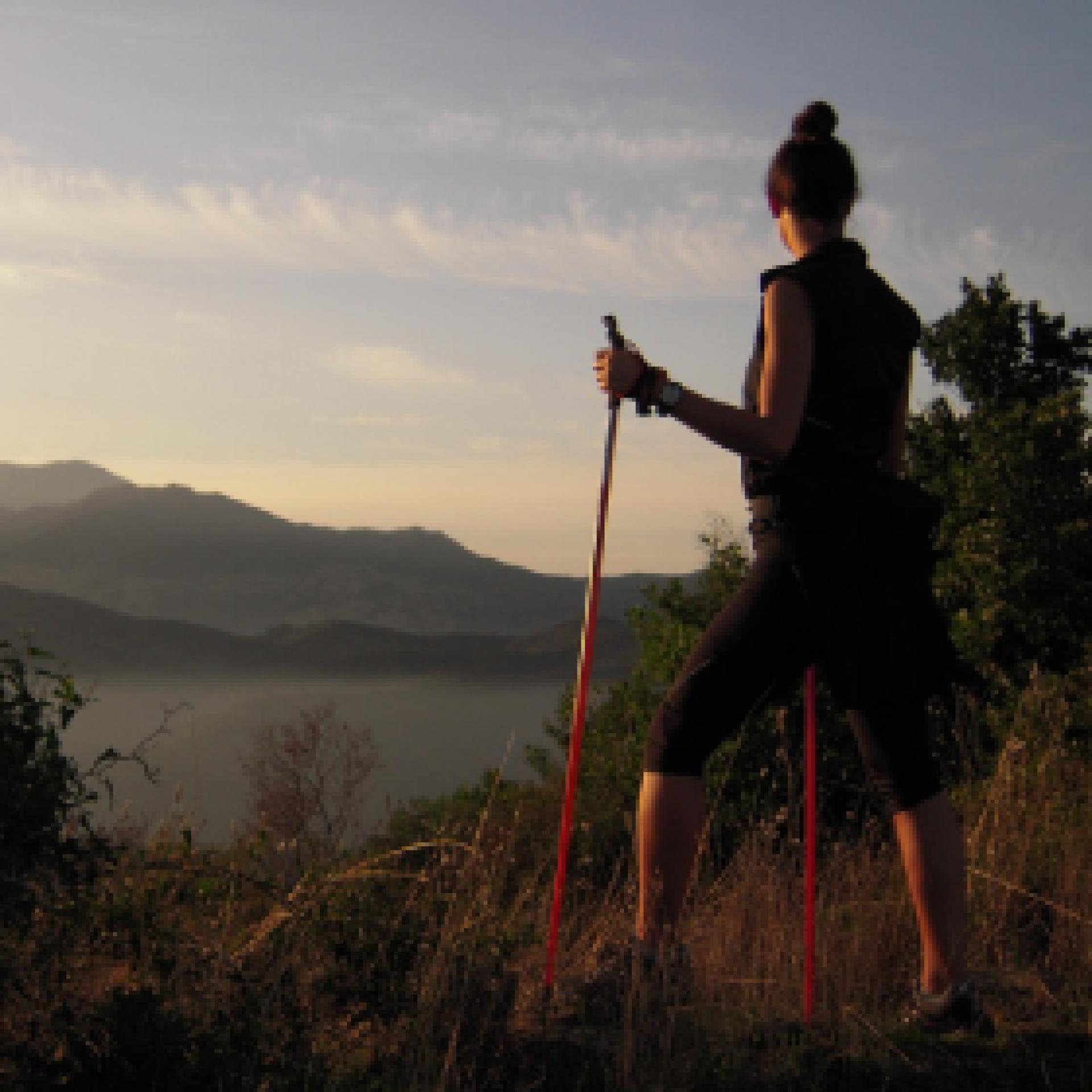Tonara, the woods. The roads of the chestnut trees
Access
The inhabited centre of Tonara is dominated by its mountain and its beautiful woods, once consisting mainly of chestnut groves interspersed with small allotments. You set off directly from the centre of the village, parking next to the Town Hall and heading for the birthplace of the poet Peppino Mereu, a Tonaraian and a pride of the island. From here, walk along Via XX Settembre, Via Angioy and then Via Galusé, which leads to the spring of the same name, exulted about by the local poet. You are at the very edge of the village and from the spring begins a concreted road that threads its way through allotments, shaded by chestnut trees and orchards.
Gli orti - The Allotments
As in all centres of the interior, the belt of allotments embraced the village but in Tonara, given the steepness of the slopes, these were terraced and supported by drystone walls. You stay on the main road with with gentle slopes, continuing even when it becomes a dirt road under a dense forest. After passing a small ford, at the first fork you come to, take a steep left onto a country lane surrounded by drystone walls, then left again at the next three-way fork. In this last stretch, one proceeds surrounded by chestnut groves that, although today in partial abandonment, constitute an invaluable richness of these mountains.
Nel Bosco - In the woods
The last crossroads leads to a hidden cart track deep in the forest. You immediately pass by a water deposit and then continue with sudden uphill bends where, at times, the vegetation opens up, allowing wide panoramic views to the west. The strenuous climb is always well shaded and you soon come to three forks in quick succession, where you first take a left, then the second left and finally a right uphill, onto a pleasant dirt track at Morturasà. Here you turn left, slightly downhill.
I Castagneti - The chestnut groves
The dirt track that you follow is perfectly maintained and keeps to the edge of a vast area of reforestation. Soon, however, the cedars and black larch pines are replaced by the main attraction of this mountain: the chestnut. The beautiful open woodland, in which there are some large statuesque specimens, tells of the importance of forestry for these communities. You pass by a spring, which dries up in the summer season, and quickly reach an asphalt road: taking a left downhill, you quickly return to the village, however it is possible to turn right at the next crossroads to visit the spring of Funtana 'e s'Abe, with its fresh and wonderful ambience in all seasons, ideal for refreshment after the long walk before returning, through the narrow streets of the centre, to the car.
Itinerary roadbook
- Log in to post comments

